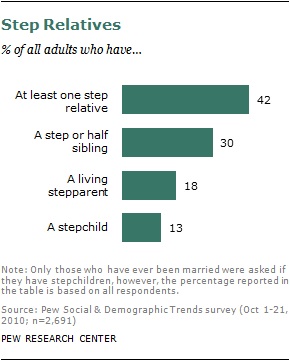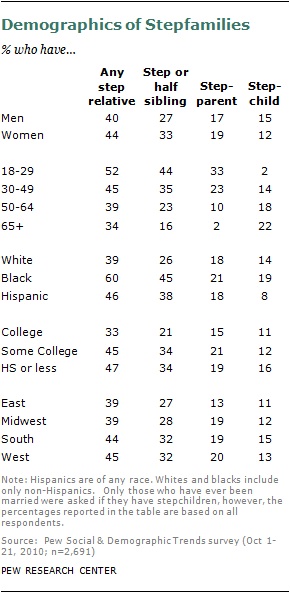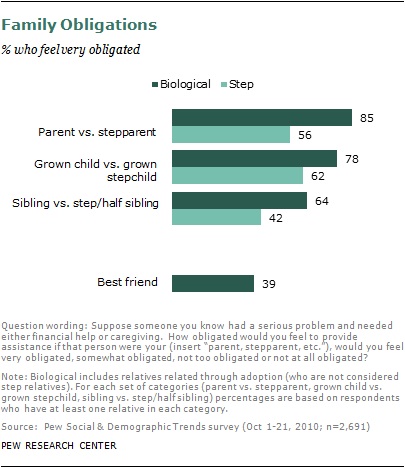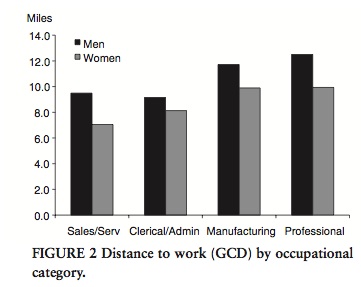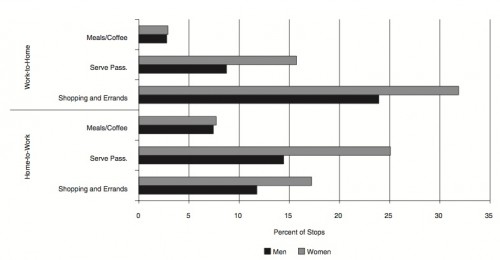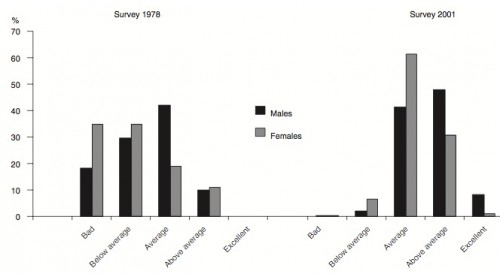Clayton W. sent us a political mailer that recently went out against Rose Ferlita, a candidate for mayor of Tampa, Florida. What makes her unfit for office? Among other things, she’s single:
Text from the other side:
(Via Think Progress.)
So, awful, right? She’s single, she has a “suspect commitment to family values,” which I think it isn’t a stretch to say means “she might be a lesbian,” she’s a bitch. Given our current political alignments, we might legitimately assume this mailer was created by a very far right, possibly religious-based group, presumably on the conservative side of the spectrum.
But the story turns out to be weirder than that. Ferlita is a Republican, though Tampa’s mayoral races are non-partisan. The mailer, as you can see in the return address, is from Less Government Now, a 527 political action group (that is, one that can take unlimited donations as long as they do not directly advocate voting for a specific candidate). And it’s tied to a man named Scott Maddox, a Democrat who ran (unsuccessfully) for office last year. In that race, he had a friend enter the campaign as a fake Tea Party candidate in hopes of splitting the Republican vote.
It appears that Less Government Now is pursuing a similar strategy here, sending out materials that attack candidates from the right by coming up with the types of arguments they imagine will resonate with very conservative voters and thus split their vote. It doesn’t seem clear whether the other candidate for mayor of Tampa, Bob Buckhorn, had any knowledge of the mailer, or if Less Government Now acted on its own (Buckhorn has denounced the mailer).
I gotta say, I thought this was repugnant when I first saw it and assumed the group who put it out might actually believe this kind of crap. But to encourage people to vote based on sexist, homophobic values that you presumably don’t even agree with, simply as a political ploy? That is some nasty, nasty business.
UPDATE: Suzie emailed us about her post on March 20th at Echidne of the Snakes (there’s no way to link directly to the post, sorry) questioning the origin of the mailer. The St. Petersburg Times Tampa Bay site reports that according to the post office, the permit number listed on the mailer is fake, and there’s no evidence it was actually mailed. Less Government Now denies all knowledge of it. It’s possible that this is a fake mailer created to discredit the Democratic candidate by making it look a Democrat-affiliated group sent out something sexist. The person who first made it public, claiming to have received it anonymously, has been involved in political consulting and has a history of criminal charges. This is all making my head spin.











